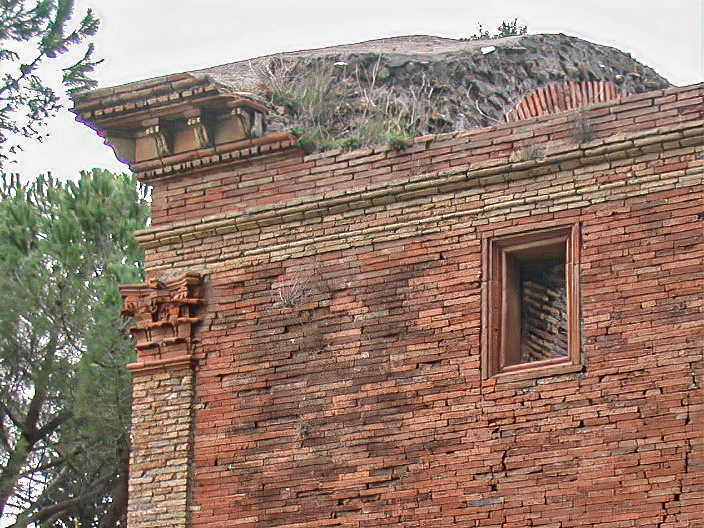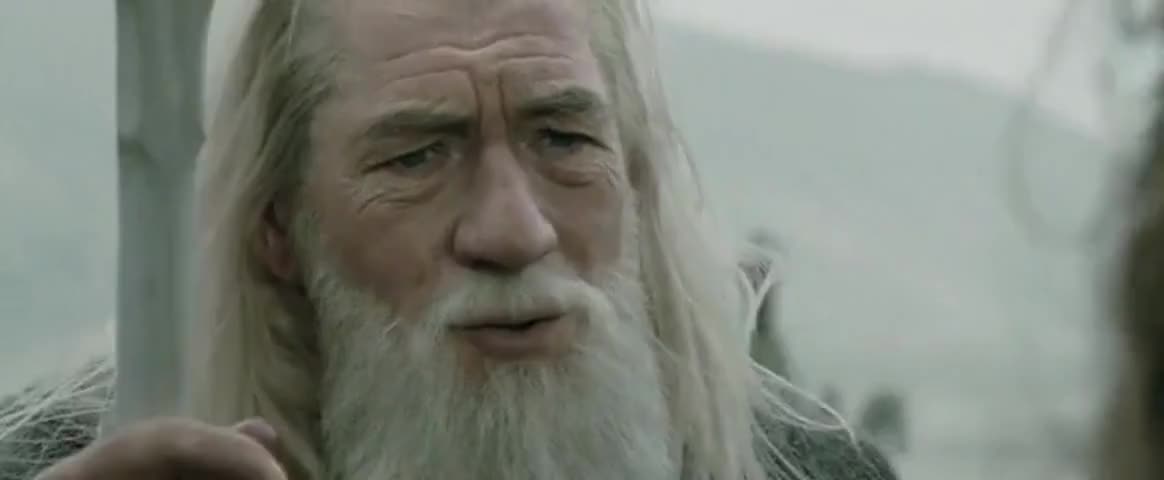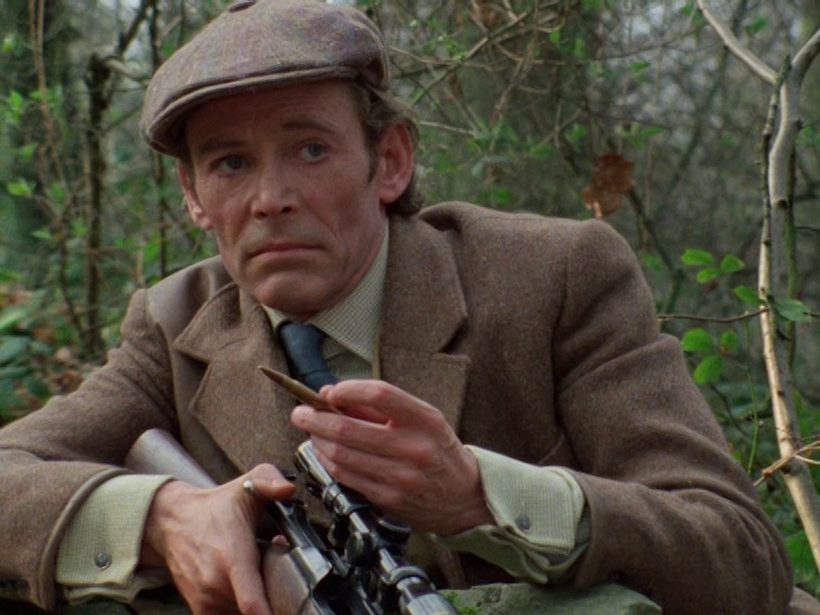FURY. It's a somewhat abstract title; it has been apparently published under the title Destination: Infinity. Well, it was written by Henry Kuttner, first published in 1947 and re-issued by Gollancz for the Golden Age Masterworks collection in 2019. I found a copy of the latter kind second-hand.
Kuttner was born in 1915, lived in Los Angeles and died in 1958. He married the writer CL Moore (creator of Jirel of Joiry and Northwest Smith); husband and wife collaborated on a variety of stories under pseudonyms. He corresponded with Lovecraft and assisted Leigh Brackett in getting her first stories published. I'm not sure a biographical lens is the most useful with this book, but that gives you a measure of context.
It is several centuries in the future. Weapons of mass destruction have devastated Earth; humanity survives in sunken Keeps beneath the oceans of Venus. It has been at this long enough to lose any sense of real angst over having killed a planet and conditions in the domed Keeps are comfortable for enough people. The text describes it as 'stable but moribund'. Receding into the past are the names of mercenary groups that fought proxy wars - notably 'the Free Companions'.
(Each Keep seems to be named for an American state - Delaware Keep, Montana Keep, Virginia Keep. The only exception I noticed was 'Canada Keep'; Wikipedia informs me that every Canadian province excepting the maritimes has a greater population than either Delaware or Montana. Did no-one else make it off Earth? Has the Soviet Union gone to the Red Planet? In the grim darkness of underwater Venus, there are only Yanks.
The vast majority of names, incidentally, are Anglophone.)
If this wasn't bad enough, several lineages of immortal mutants have risen to power within the Keeps (the Keeps themselves are formally democratic, but as the text notes: 'In the Keeps, the Immortals simply knew more than the non-Immortals. Psychologically a certain displacement became evident......Unconsciously the short-lived peoples of the Keeps began to look with dependence upon the Immortals....The Immortals, who knew what long, empty centuries were ahead of them, took pains to ensure that those centuries would not be so empty.').
The Immortals look entirely human, but live many centuries in reasonable health (they aren't sustained by constant medical intervention). An early book family gathering contains five generations of Immortals. One family of Immortals, perhaps the most influential are the Harkers.
Anyway, Fury is about a man called Sam Reed, born in Delaware Keep and coming to age in its slums. Anger and a focused, bitter drive propels him through the ranks of criminality to win a measure of prosperity and ability. This eventually leads him into contact with an Immortal called Robin Hale who plans to colonise the surface islands of Venus - against the long set policy of the majority of Immortals (who look to colonise the surface eventually, but not soon) - including the Harkers. A decades-long confrontation ensues.
Reed is a vindictive, energetic, unpleasant man. This is apparently just what is needed to drive the colonisation effort and enervate the society of the Keeps - including the Immortals.
***
Well, I shan't spoil the entire plot for you. But a number of things interested me about Fury.
Firstly, the character of the Keeps and Sam Reed. The Keeps are dense urban constructs, full of paranoia about the native fauna and flora. Lots of narcotics use; enough crime to make people rich but not enough to endanger the system as a whole. Sullen, perhaps rather than squalid. Reed is the same way; remarkable but unpleasant; Byronic, perhaps. Both are somewhat more grimy than the Golden Age SF stereotype.
The exception might be the world of the Immortals. There's a careless ease to this, as well as a luxury. Couples lapse in and out of centuries long marriages. The wry, ironic, knowing strain in the Immortal character repeats itself; Reed occasionally connects them to Egypt - ancient, mysterious, wealthy. This style of wealth strikes me as rather of the 1920s. Fury is not alone in this; reading about them, I thought back to Bester's The Stars my Destination (first published as Tiger, Tiger) and The Demolished Man. The future elites of all three do seem to share this Roaring Twenties-esque pattern to them (weren't we meant to be having one of those around now? I'd rather have the Charleston than NFTs).
The other obvious comparison for the long-lived of the future might be Heinlein's Methuselah's Children; but that space-faring road trip is an entirely different kettle of fish. The response of Heinlein's baseline humans to immortals is, of course, rather different to Kuttner's - but the destruction of Earth rather does change matters.
The 1920s aside, the model of society in Fury has some obvious medieval overtones. The Keeps, for one. The aristocracy of the Immortals. The naming of a mercenary group as 'Free Companies'. The institution of a carnival, with the Immortals moving more freely in society. Religion is relatively muted, but there is the appearance of a 'Temple of Truth' with its Logicians that fills an interesting adjunct to the story. The 'moribund but stable' verdict echos a sort of traditional view of the Middle Ages.
A medieval-inspired moribund post-apocalyptic humanity trapped in great imprisoning structures? Well, I didn't mention grim darkness for nothing. But it is a reminder that the novelty of cyberpunk was nothing to do with a class of tyrants in towers.
The games of Immortal planning and intrigue - breeding a lineage of the short-lived as assassins for a certain Immortal target - is fascinating, but under-explored. Reed takes centre stage, so the hints of slow-grinding Immortal power, on-off marriages and careful manipulation remain just hints. The Immortals themselves seem more self-serving than villainous; their ills are echoed in Reed.
Fury is not one of my new favourites. The prose is functional, but the plot just skips along where a few more heartfelt chapter breaks and a more formal structure could have done some good. Along with more Immortals. But it struck me by surprise, and got me to write a blog post on it. Something hooked me.
***
To add a final note of Bathos to proceedings, and in line with earlier references, I have recently been introduced to the following Twitter bot by a cunning gentleman.






